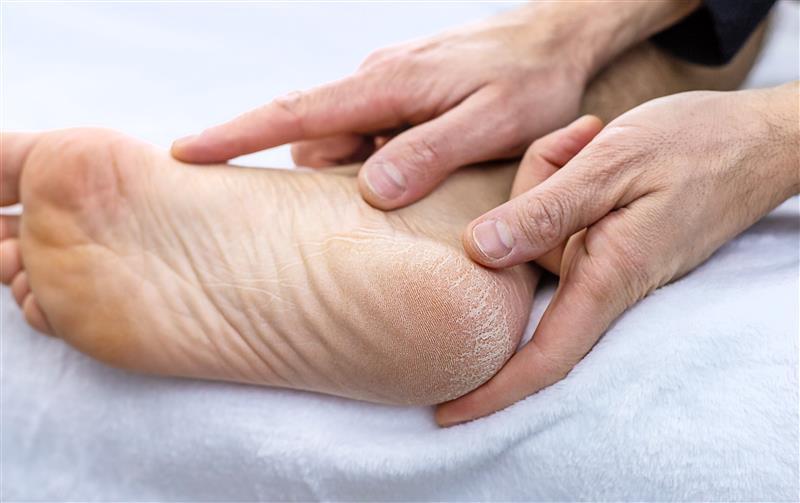For people with diabetes, foot health is vital. Minor injuries can escalate quickly into serious wounds, infections, or ulcers. In this post, we’ll walk you through critical foot care steps, warning signs to watch for, and how our team at Advanced Podiatry Specialists handles diabetic foot complications using advanced wound care and diagnostic tools.
Why Foot Care Matters in Diabetes
- Diabetes can damage nerves (neuropathy), reducing sensation so you may not feel small cuts, blisters, or pressure sores.
- It can also impair circulation (peripheral artery disease), slowing healing and increasing infection risk.
- Even a small wound can turn serious if overlooked — a leading cause of hospitalizations and amputations among diabetics.
7 Essential Tips for Daily Diabetic Foot Care
- Inspect your feet daily
Check for cuts, blisters, redness, swelling, nail problems, or skin changes. Use a mirror or ask for help if needed. - Keep feet clean and dry
Wash gently with mild soap; pat dry thoroughly (especially between toes). Use moisturizing cream on dry skin but avoid between toes (to prevent fungus). - Trim nails carefully
Cut straight across, file edges. Avoid cutting too close to skin. If you have difficulties, see your podiatrist. - Wear proper, protective footwear
Choose shoes and socks that fit well, provide cushioning, and don’t rub. Avoid walking barefoot — inside or out. - Control blood sugar & overall health
Stable blood sugar, good blood pressure, and cholesterol help reduce complications and support healing. - Reduce pressure points
Rotate footwear, use custom orthotics or protective padding. Offload pressure from at-risk areas. - Promptly report any changes
If you see redness, warmth, swelling, pain, or non-healing wounds — see a podiatrist immediately.
How Advanced Podiatry Specialists Supports Diabetic Foot Patients
At-Risk Foot Care & Screening
We offer specialized screenings for neuropathy, circulation (using PADNet), and vascular issues to catch risks early. Advanced Podiatry Specialists
Wound Care & Tissue Management
- Debridement of dead tissue
- Advanced dressings and biologic therapies
- Infection control and monitoring
- Offloading (special footwear or devices) to reduce pressure
- Regular follow-ups and monitoring until healing is complete
- Revascularization referrals or vascular consultation
- Surgical procedures for deformities, removal of pressure points
- Custom orthotics to support foot mechanics
Red Flags: When to Seek Immediate Care
- Wound that’s not healing in 7–10 days
- Increasing pain, swelling, or warmth
- Signs of infection (pus, odor, spreading redness)
- Changes in color (dark spots, black areas)
- Loss of sensation, numbness spreading, or tingling
Caring for your feet is crucial if you have diabetes. At Advanced Podiatry Specialists, we combine early detection, personalized plans, and advanced wound care techniques to protect your foot health.If you’re diabetic and haven’t had a foot check in the last year (or ever), schedule your comprehensive foot exam with us today. Your feet deserve the best care — so you can walk confidently into the future.



